Grand Caravan achieves objectives better than ever
By John Gilbert
It’s time for minivans to rise up and claim their rightful place at the top of the family vehicle chain.
You’ve got to pity the poor minivan. Everybody who owns one appreciates it, to the point of wondering how their families could ever get along without it. But it is universally scorned, to the point of acting as though they’d never consider buying one, and even some of those who own them keep it hidden and only take it out when the kids need to haul a hockey or soccer team full of buddies to the next practice or game.
It wasn’t always that way. When the Dodge Caravan was at its peak, it seemed as though everybody had one and everybody who did loved to show them off. Essentially, minivans were the vehicles that drove station wagons to extinction. But after several decades of loyal, trustworthy, and efficient transportation, in all weather, minivans also led directly to the derision that might be called “Soccer mom syndrome.” Minivans didn’t seem all that macho, so men would always say they got the minivan for their wives, who had to haul kids to practices and games.
Meanwhile, sport utility vehicles became the vehicle that did to minivans what minivans had done to station wagons, and it although minivans kept selling, they almost had to be hidden over in the dark corner of the dealership, or left on the back lot, and delivered in a plain, brown wrapper. Read more
Mazda6 adds style, Skyactiv for 2014
By John Gilbert
The Mazda 626 has always been a worthy midsize entry, just as dependable, and sportier, though less-heralded, than midsize segment leaders Honda Accord, Nissan Altima and Toyota Camry. When it was renovated into the Mazda6, it moved higher on the artistic list and had an edge in sporty handling, but still didn’t match the hot-selling numbers of its competitors. Its last restyling,took the Mazda6 to a much more flowing look, although like the Accord it became large enough to be too large for some midsize buyers.
For 2014, Mazda has introduced another all-new Mazda6, and it appears to connect on all (four) cylinders. It has outdone all previous models in styling and technology, with styling that has a strong resemblance to recent auto show Mazda concept vehicles, and performance from its Skyactiv powertrain technology.
The styling, Mazda officials say, captures the muscular energy of a lion or cheetah as it tenses up to pounce, a compelling idea that inspired the Kodo concept car. The tight lines are attractive, none moreso than the contour that arches above the front wheel openings before blending into the flanks.
Its engineering starts with Skyactiv, which has made Mazda the first Japanese manufacturer to discard its well-engineered array of engines in favor of entirely revised engine technology, focused on the future while easily topping current demands.
A recent test-drive of the 2014 model in the later stages of Minnesota winter indicates that the front-wheel-drive Mazda6 has made direct hits on its multiple targets of style, comfort, versatility, performance and technology. Amazingly, if the test vehicle I drove had listed at $30,000, I would have thought it was worth it; instead, it listed for just over $20,000 — a remarkable bargain.
As for sales volume, Mazda is a quick welterweight boxing against a ring-full of heavyweights. Toyota, Honda and Nissan are focused on massive sales, while Mazda seems content to be a niche player, focusing on changing directions more efficiently to be stay after its image of technology, performance, and the now-familiar “zoom-zoom” philosophy of building cars that are fun to drive. Read more
BMW X1 has style, size, power; needs X-Drive, tires
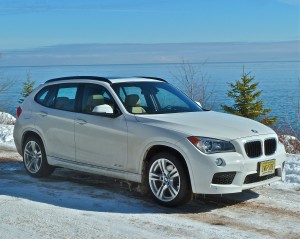
BMW X1 with 2.0-liter turbo four, was quick and agile with rear-drive and Pirelli Cinturatos on dry pavement.
By John Gilbert
When I first had the chance to drive the new BMW X1, I was impressed with the looks and performance, and the diminutive size of the new smaller brother of the X5 and X3 SUVs from BMW’s ever-expanding stable.
It is more compact than most crossover SUVs, but most people don’t need the enormous size of the heftiest vehicles that brought the U.S. auto industry to near the point of capitulation. In many ways, for those who need room for only four occupants and light storage, the smaller the better, because that means better performance and far better fuel economy are attainable. The X1 fit that bill perfectly.
My first drive was last fall at the Midwest Auto Media Association fall rally, and I only drove it briefly. Impressed though I was, I was surprised to learn that the vehicle was only 2-wheel drive, with the rear wheels being the ones that drove the X1 with its front-mounted, 2.0-liter turbocharged 4-cylinder engine supplying plenty of punch for all-wheel drive. Driving as I do predominately in Minnesota, which has long and snowy winters as well as gorgeous summers, having a pickup or utility vehicle with rear-wheel drive should be grounds for incarceration.
I was assured the X1 does come with X-drive, BMW’s slick all-wheel-drive system. That made me eager to get one for a week-long test drive over the winter months.
Traditions generally cross past, present and future boundaries, and every March in Minnesota, a couple of those traditions run smack into each other. One of those is that when it comes time for the state high school hockey or basketball tournaments, a late-season blizzard is the norm. This year, Mother Nature celebrated both of those tournaments — and many of the days in between — with the snowiest March ever. Those heavy snowfalls, of course, afforded extra winter test-driving time.
In automotives, one tradition from the past is that conventional front-engine/rear-drive affords the most exciting and satisfying high-performance “feel” for sporty vehicles. In Minnesota, of course, it snows every once in a while, and when it snows on top of ice, treacherous road conditions can lead to all sorts of slippery, terrifying driving, and nose-heavy front-engines with light-in-the-rear, rear-wheel-drive adds more than just excitement to the mix. When front-wheel-drive vehicles took over, white-knuckle driving in icy conditions ended in Minnesota and other snow-belt states, and all-wheel-drive has taken that sense of security to another dimension.
Even with front or all wheels driving the vehicle, tires are still extremely important to any driver’s peace-of-mind in wintry driving. Most major brands make special all-season or winter tires, with the most popular being the Bridgestone Blizzaks, a softer-compound tire that grips ice, churns through fresh snow, and keeps improving its ability to work well enough on dry pavement without wearing quickly. My favorite winter tires are the Nokian WR or WR-G2, because they have uncompromising tread compound that maintains its flexibility no matter how cold, while high-performance tires tend to harden and have less traction when it’s cold.
Some manufacturers equip their press-fleet vehicles with good all-season tires during winter. Others don’t seem to be aware that there’s a difference. BMW is one of the few companies that stubbornly refuses to change from the all-out handling performance tires it sends on its vehicles, regardless of region. BMW also is one of those German companies that stubbornly held firm on rear-drive vehicles until recently. Now it sells its splendid 3-Series, 5-Series, and even 7-Series sedans with X-drive, and of course its various SUVs also have X-drive. Read more
C-Max style, room, economy defy convention
Rarely has a new vehicle been introduced with more confusion and criticism than celebration.
Hmmm…confusion, criticism, and celebration. Maybe that’s how they came up with the name “C-Max.” Every automaker likes to boast about uniqueness, and how their new product defies categorization, but Ford seems to have mastered the trick with the new C-Max.
It seems to be neither fish nor fowl, car or truck, small minivan or spacious mini car. It comes as a hybrid, or a plug-in hybrid, known as Energi. And it has remarkable interior space for being so compact and small on the outside.
Amid a flurry of quirky or trendy names that feature letters, numbers, or retrospective monickers, Ford has confused U.S. consumers and critics with the new C-Max. When it was first announced, many thought it was a large semi-trailer-hauling truck, and even though it has been available in Europe with conventional engines, when the car magazines and North American Car and Truck of the Year executives made their choices on categorizing, it wound up listed among trucks, and even minivans.
In reality, the C-Max is a cleverly designed and executed small capsule of a car, shaped indeed like a minivan or tiny crossover SUV. It finished third among North American Truck/Utility of the Year candidates, behind the Ram 1500 and the Mazda CX-5, and Motor Trend listed it in its truck preview issue right there with the Tahoes and Rams and Ford cousins like the F150 and Explorers. Ford itself continually draws comparisons to various Toyota Prius models.
Introduced right before the end of the 2012 calendar year, the C-Max appeared to be a blunt instrument in the vast array of small economy vehicles. Rounded off, its capsule shape bears a strong resemblance to the new Escape SUV, or the Focus or Fiesta compact and subcompact, aimed at aerodynamic smoothness.
Prices range from $25,000 to over $30,000 for the fully-equipped plug-in Energi model, but the C-Max performance is what will make it a large-volume seller. You quickly forget how small it is outside when you climb in and find the tall roof providing lots of headroom, adequate rear seat room and spacious cargo area inside the rear hatch, with, of course, expansion via fold-down rear seats. And you can forget it’s a hybrid by how swiftly it accelerates or willingly passes other cars when you drive it even a little aggressively. Read more
Audi S4, S5 use quattro to blow by winter
By John Gilbert
Twice this winter, my driveway has been graced by three new cars for appraisal during specific weeks, and on both of those weeks my Great White North region of Minnesota became truly white with traffic-clogging blizzards on the North Shore of Lake Superior. On both of those weeks, Audi models have been the reluctant stars.
First, I had two impressive new sedans, plus an Audi S4 quattro S-tronic sedan. Now, Audi makes a very fine A4 sedan, the company’s bread and butter vehicle that bridges the gap from compact to midsize. It drives well, handles well, and gets good fuel economy. Audi also makes an “S” model of the A4, called the S4, which gets all sorts of high-performance upgrades — engine, transmission, suspension, brakes, interior, exterior, virtually everything.
Why, I thought, did they send me a sporty sedan built for high-performance in the middle of winter? For the first three days of the week, I hopped back and forth between the other two, both new front-wheel-drive sedans. And then we got hit with an 8-inch blizzard. The two front-wheel drivers were OK, but they did spend an inordinate amount of their drive time spinning for traction and chattering the traction-control indicator instead of filling me with confidence that we were going to go straight up that hill.
So I ambled over to the snow-covered S4. Knowing it has quattro, which is a traditional all-wheel drive system that Audi created, improved, and has pretty well perfected by now. Audi, by the way, insists that “quattro” be spelled with a lower-case “q” — which I insert here just so readers of car magazines who see quattro always capitalized will appreciate how arrogance can supersede proper spelling. At any rate, I knew the quattro system would scratch and claw, even though the S4 comes with low-profile, high-performance handling tires. When I looked, however, those neat Audi wheels were shod with Bridgestone Blilzzak low-profile winter tires.
For the rest of the week, I left the two all-new FWD sedans parked and cavorted over, through, uphill and around snowdrifts, plowed piles, and icy streets in the Audi S4 quattro. Blizzaks are among the very best winter tires available, because they grip the ground, even on ice, and enhance your ability to get through the worst storms without any of those white-knuckle moments where you’re not sure you’re going to have traction the next time the tires go around. The original Blizzaks did a great job on ice, but decomposed quickly when you drove on normal wet or dry pavement. It was important to take them off and mount summer tires and save the Blizzaks for the next winter. Read more


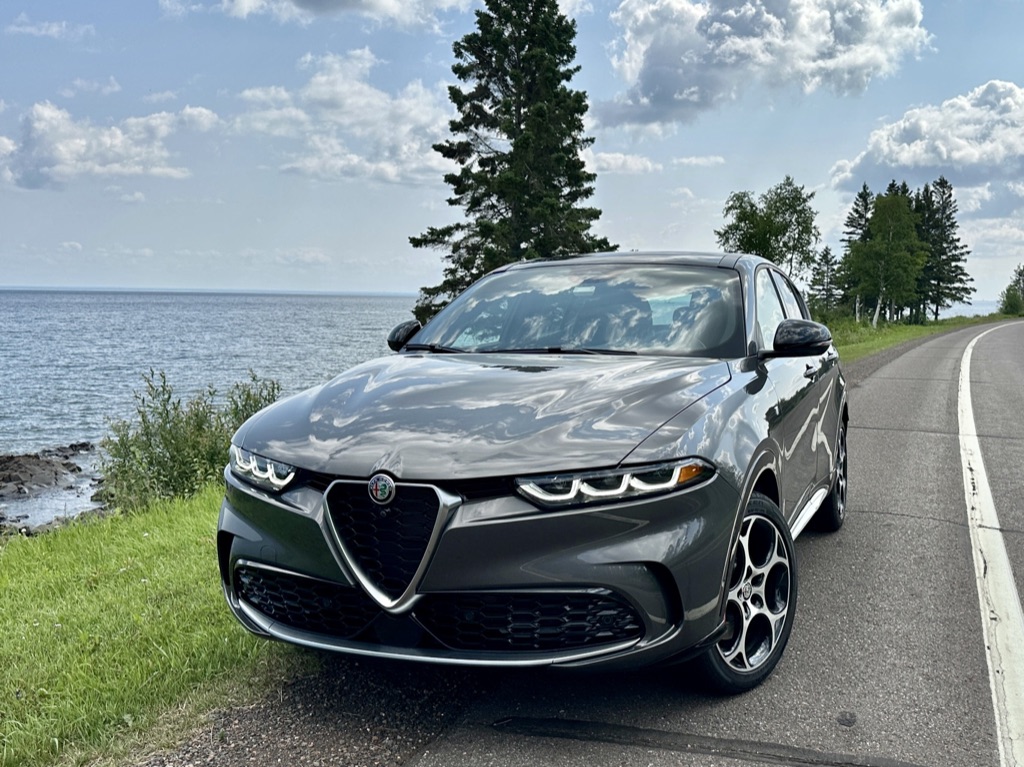
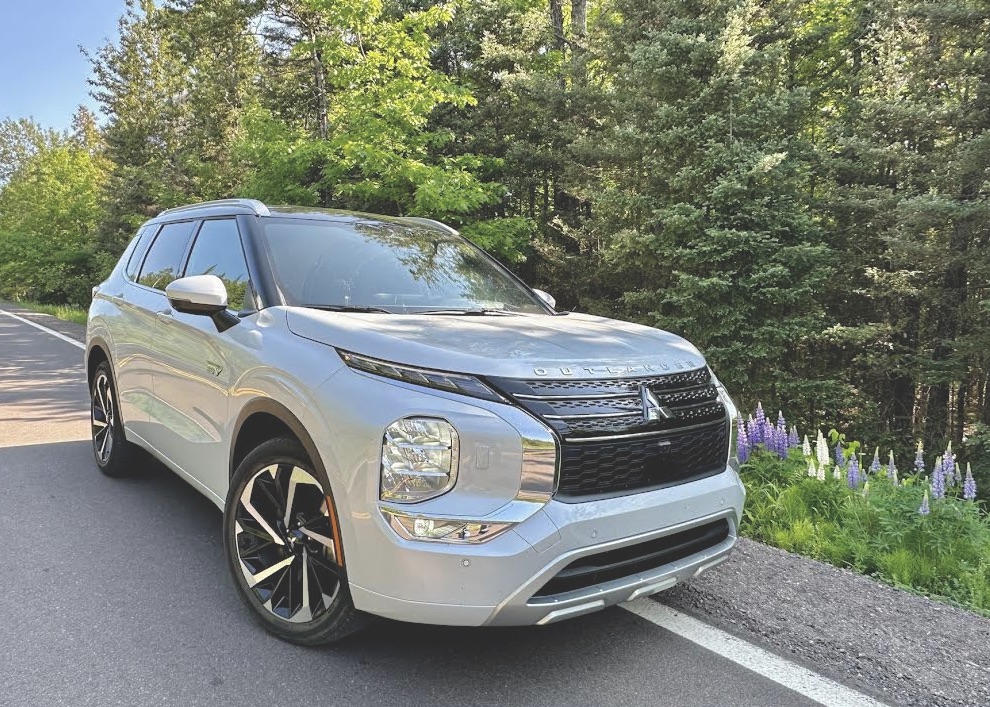
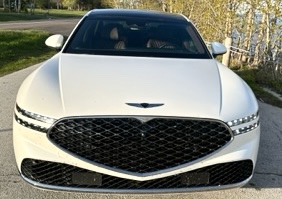
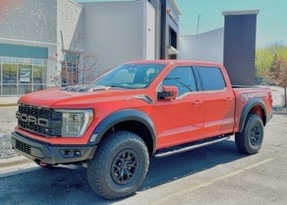
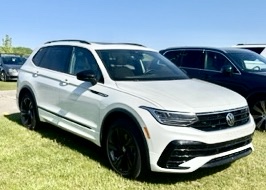
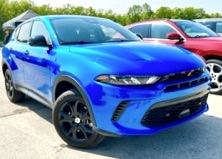

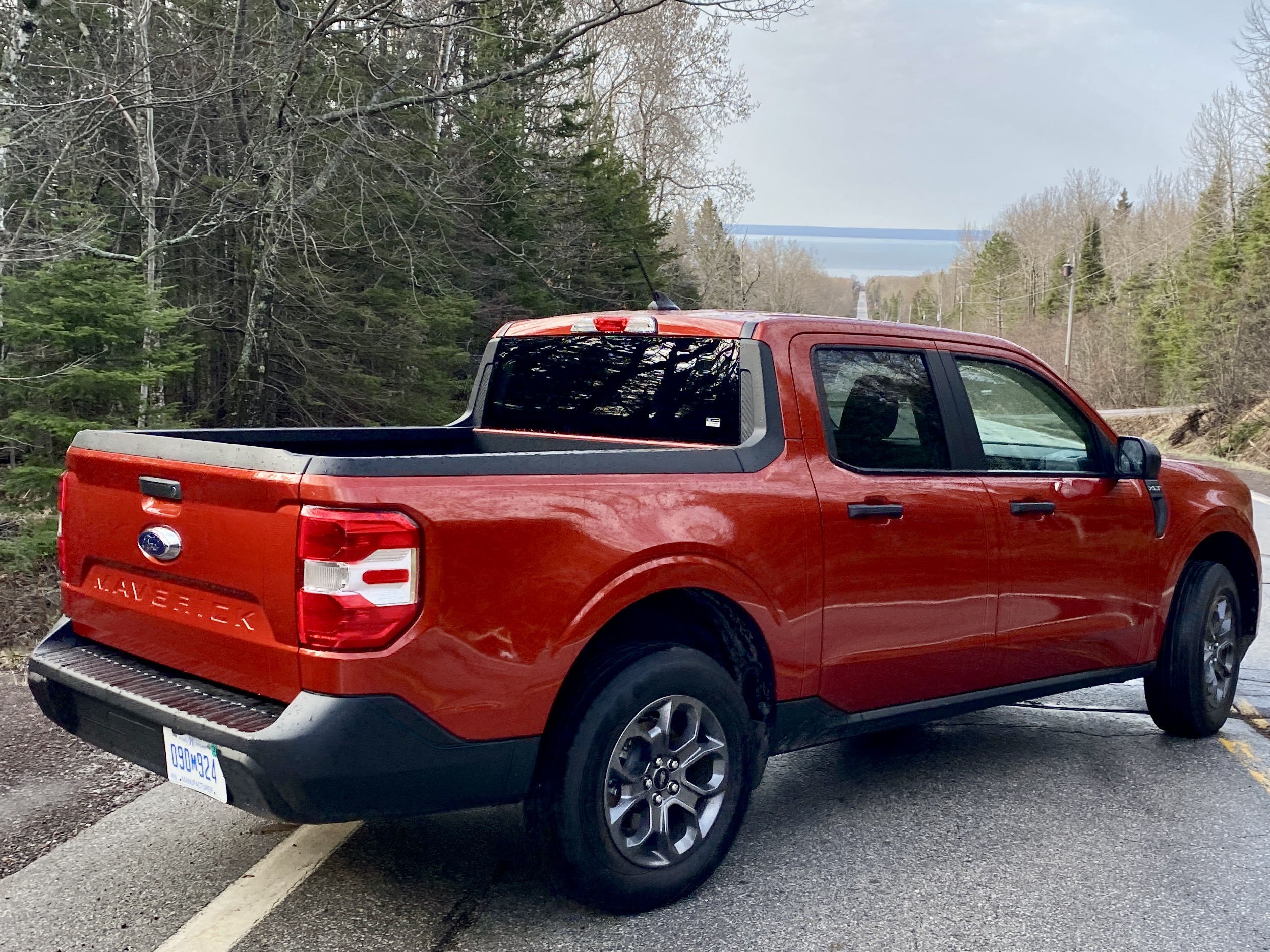
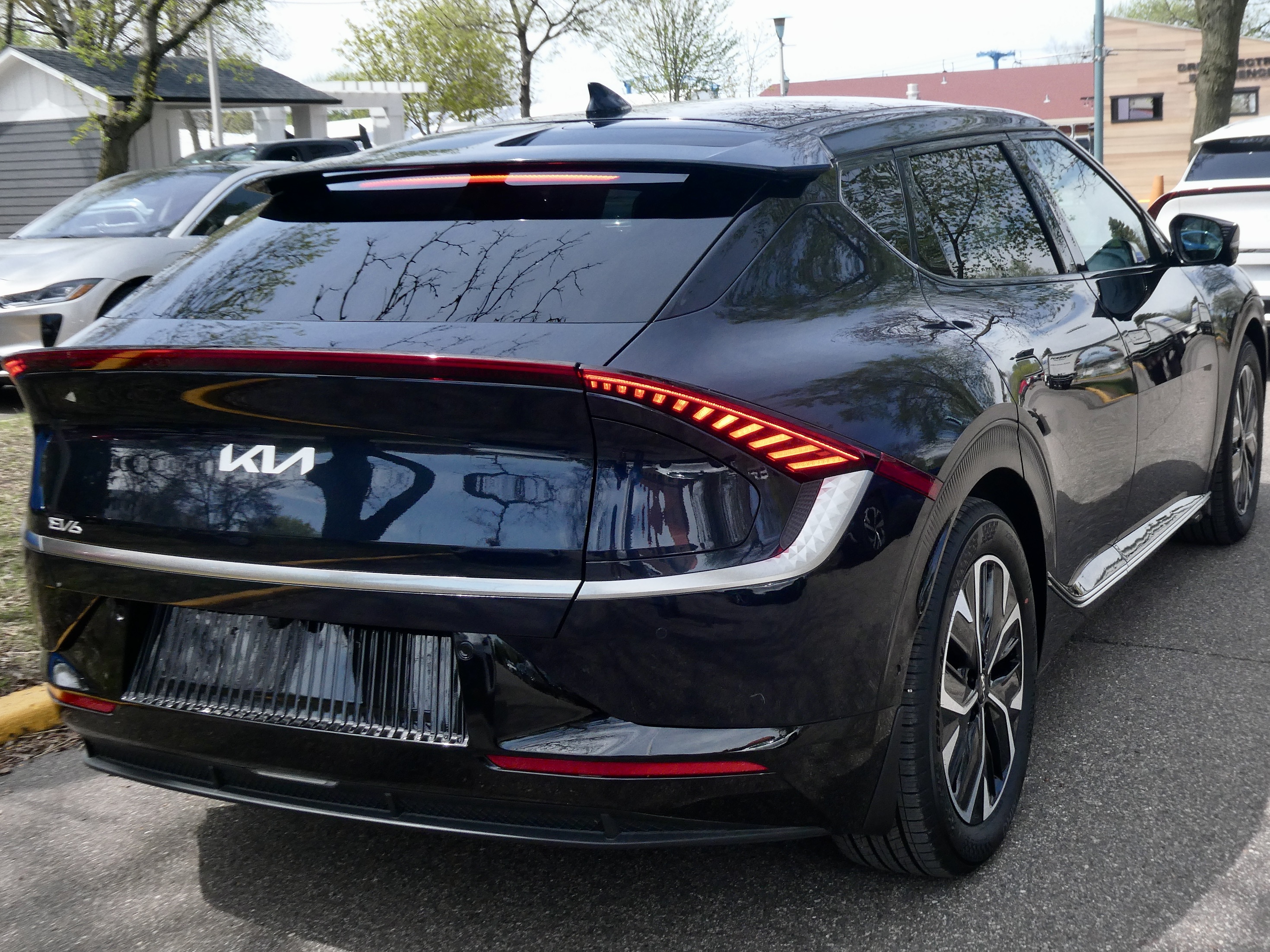
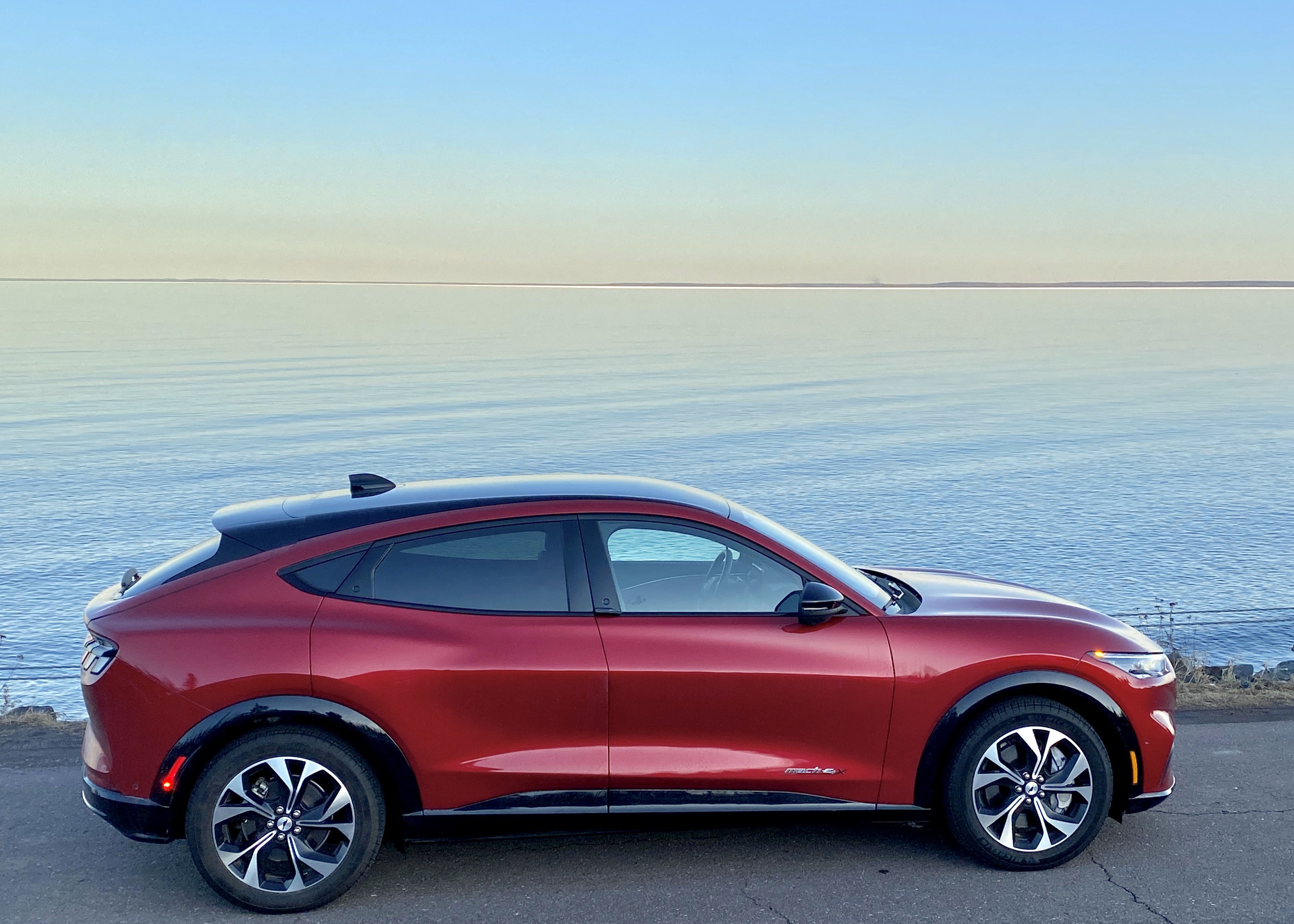
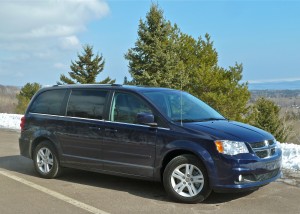
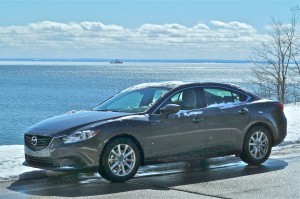
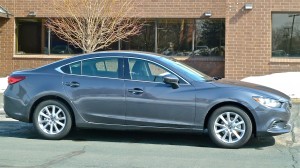

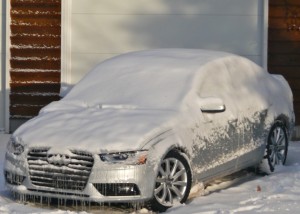
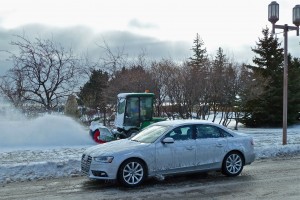
 John Gilbert is a lifetime Minnesotan and career journalist, specializing in cars and sports during and since spending 30 years at the Minneapolis Tribune, now the Star Tribune. More recently, he has continued translating the high-tech world of autos and sharing his passionate insights as a freelance writer/photographer/broadcaster. A member of the prestigious North American Car and Truck of the Year jury since 1993. John can be heard Monday-Friday from 9-11am on 610 KDAL(www.kdal610.com) on the "John Gilbert Show," and writes a column in the Duluth Reader.
John Gilbert is a lifetime Minnesotan and career journalist, specializing in cars and sports during and since spending 30 years at the Minneapolis Tribune, now the Star Tribune. More recently, he has continued translating the high-tech world of autos and sharing his passionate insights as a freelance writer/photographer/broadcaster. A member of the prestigious North American Car and Truck of the Year jury since 1993. John can be heard Monday-Friday from 9-11am on 610 KDAL(www.kdal610.com) on the "John Gilbert Show," and writes a column in the Duluth Reader.